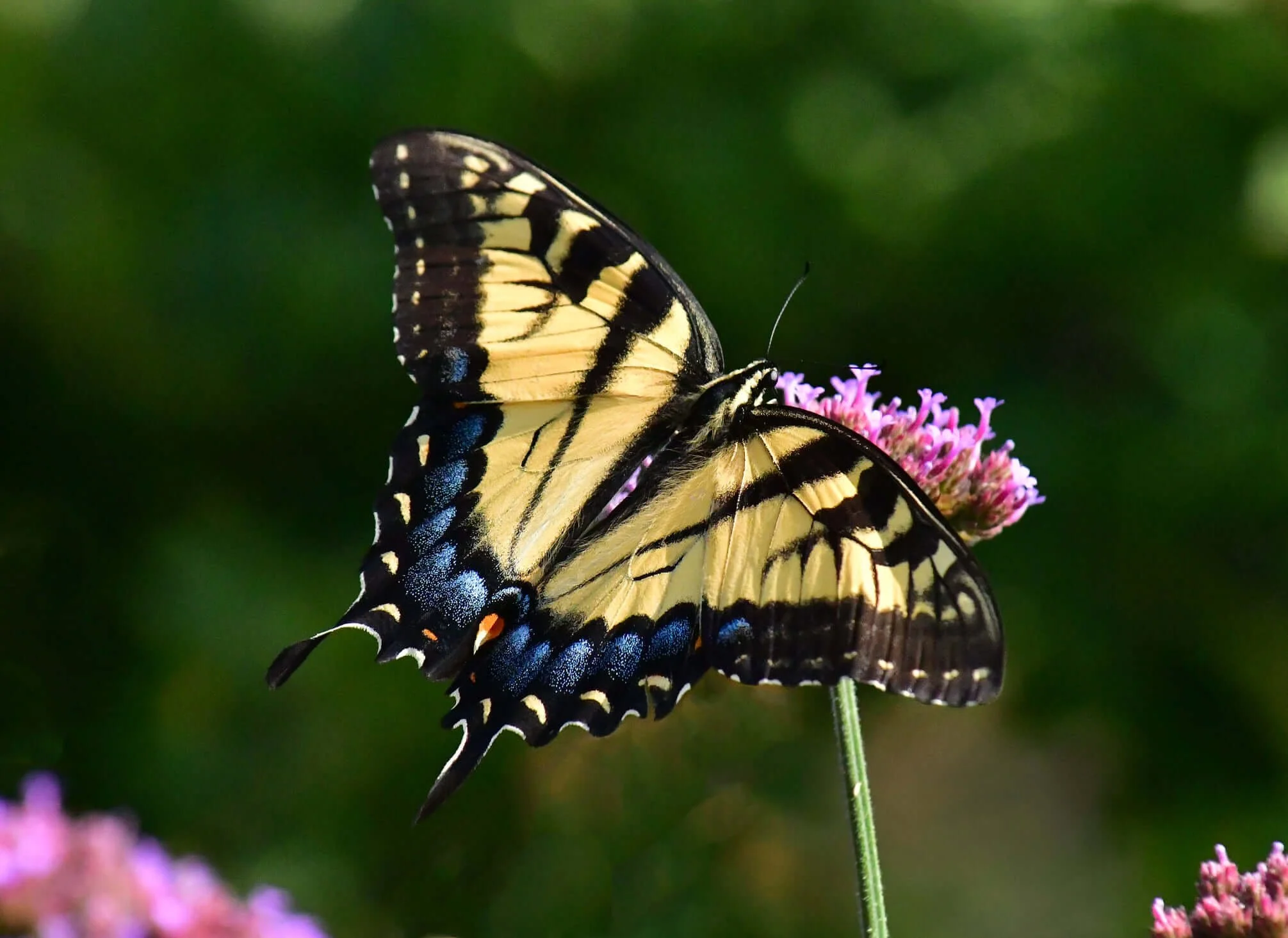Life Cycle: Perennial
Sun Exposure: Partial
Soil Moisture: Medium-Wet, Medium, Medium-Dry, Dry
Height: 1-3 feet
Plant Spacing: 1-3 feet
Bloom Time: May-July
Bloom Color: White
Advantages: Caterpillar Favorite, Pollinator Favorite, Bird Favorite, Edible, Great Landscaping Plant
Host Plant: Red-Spotted Purple and 39 other species of butterflies and moths in our area (nwf.org)
Specialist Bee: Andrena carolina (Johnson and Colla, 2023)
Beneficial for Endangered or Threatened Species: Henry's Elfin (Incisalia henrici) (mnfi.anr.msu.edu)
Resource: Johnson, Lorraine, and Sheila Colla. A Northern Gardener’s Guide to Native Plants and Pollinators: Creating Habitat in the Northeast, Great Lakes, and Upper Midwest. Island Press, 2023












